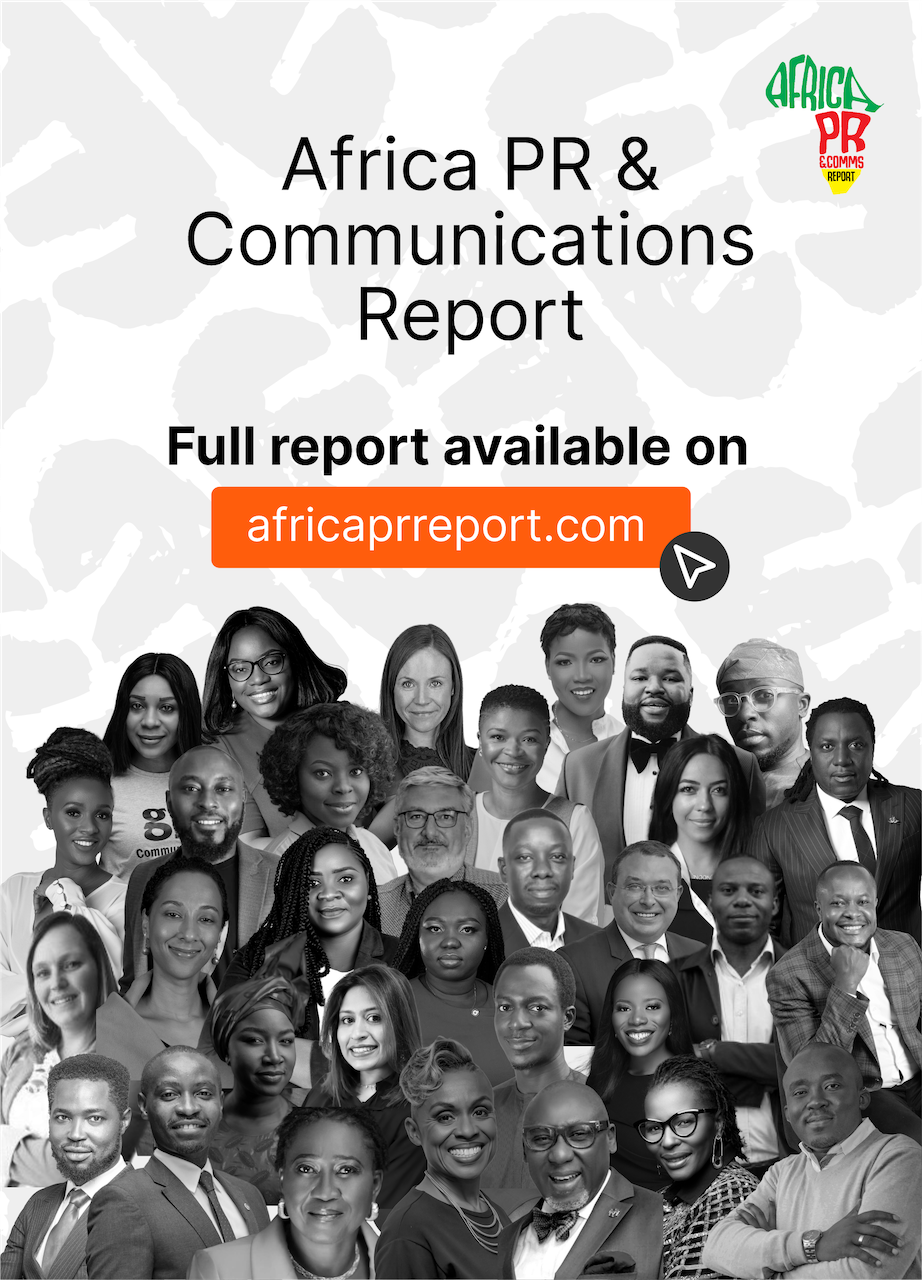On Monday, February 24, 2020, I joined three other Nigerian marketing communication professionals on a panel to discuss Africa’s visual economy at Social Media Week Lagos. The session was hosted by PICHA, a platform providing curated, diverse Afrocentric visuals that enable brands and businesses tell richer stories that include modern Africans.
The panel featured Obianuju Olorunmola, a Marketing Communications Specialist from Vodacom Business Nigeria, Ayotunde Ishola an Associate Creative Director, DDB Lagos, Agbons Igiewe, the General Manager, Ziza Digital and Henry Derben, a Business Development Manager at PICHA.

I met Henry for the first time on the Friday before the session, just a few days after he arrived in Lagos. We had been emailing each other for a few weeks before that. Interestingly, Henry visited the ID Africa office on the day we were celebrating Dare Okesanjo an art director who was moving on after 5 years. The office was a bit messy, with people playing drinking games, loud music, lots of laughter and lots of beer. Henry was probably wondering, “These Nigerians. What kind of mad place is this?” But I’m sure he enjoyed the small chops and the Nigerian malt drink.
Henry is very Ghanaian; proper, patient, respectful, calm and soft-spoken, just like all the Ghanaians I’ve met in my life. Now, add ID Africa’s wild office experience to the crazy Lagos traffic poor Henry had to endure between his AirBnB in Lekki and our Allen Avenue office, and you can say he got a proper ‘Welcome to Naija’ that week.
Anyway, Henry and I had a good chat about visual storytelling and marketing communications at the office. You can listen to our chat here. It was a good prelude to the actual panel session which held the next Monday on the CreateNXT stage at Social Media Week Lagos.
Interestingly, this was my first time speaking at (or attending) SMWLagos since 2017 when I presented a Content Strategy Masterclass hosted by EiE Nigeria. As usual, I was breathlessly busy that Monday and almost didn’t make it to the venue, but I did, and it was a lovely experience.

Here are a few of the cool(er) things I remember sharing on the panel:
The implication of having diversity and representation in brand visuals:
Visuals help with personalization and relatable storytelling. For example, influencer marketing is highly effective in travel, food, fashion and beauty industry mostly because activities are driven by visual imagery. And people are naturally drawn to marketing messages that reflect who they are. Also, photographically strong brands are relatable, approachable and they personify human attributes.
Some interesting data to support the use of images in storytelling (because panelist must quote data):
– Images get 650% more engagement than text only content on social
– After seeing a marketing message, people are 10% likely to remember after 3 days. But with images, people are 65% likely to remember.
– 90% of what we process as humans is visual
– 65% of humans are visual learners
Assessment of Africa’s visual economy:
One of the challenges facing Africa’s visual economy is internet penetration, which directly limits access to multimedia content developed by creators. Another common challenge is access to a rich database of readily available authentic modern African stock images.
How brands should choose visuals for their marketing campaigns:
Every marketer must draw up an accurate Customer Persona that properly defines their target audience for a campaign.
Here’s a 3-step model for (human) image selection
(I) Persona 1: Identify who is currently buying your product.
(II) Persona 2: Identify who you want to buy your product (your ideal or desired buyer).
(III) Persona 3: Identify who your buyer aspires to be (i.e. their primary influencer).
Creators must choose from the look-alikes of one or more of these personas when deciding on campaign visuals.

The people who dictate trends in our visual economy:
– Content creators and storytellers (marketers and producers)
– The media
– Tech companies and publishing platforms like Facebook, Twitter and Google.
– Platform users and content consumers.
How to future-proof your brand’s visual identity:
i) Take inspiration from different sources outside your sector or industry.
ii) Avoid assets with pre-existing mental competition, such as those that link to competitors or already have a strong meaning that is not related to yours.
iii) Focus on promoting one distinctive asset per time. Set realistic goals about the number of assets to build, manage or invest in.
iv) Make sure your visual identity elements are well known by all category buyers. Be prominent and widespread. Be loud and proud.
v) Resist unnecessary changes and stay consistent. Don’t be too quick to jump on the next trend or ‘wave’. Remember, brand building is a marathon, and not a sprint.




